Grocery inflation in the UK slowed to the lowest levels seen since 2021, though households are continuing to trade down to cheaper, own-label products after over two years of rising prices.
Grocery sales rose 2.9% over the four weeks to May 12, while inflation fell for the 15th month in a row to 2.4% – the lowest level since October 2021 – according to the latest figures from Kantar.
Kantar head of retail and consumer insight Fraser McKevitt said: “Grocery price inflation is gradually returning to what we would consider more normal levels. It’s now sitting only 0.8 percentage points higher than the 10-year average of 1.6% between 2012 and 2021, which is just before prices began to climb.
“Typically, an inflation rate of around 3% is when we start to see marked changes in consumers’ behaviour, with shoppers trading down to cheaper items when the rate goes above this line and vice versa when the rate drops. However, after nearly two- and-a-half years of rapidly rising prices, it could take a bit longer for shoppers to unwind the habits they have learnt to help them manage the cost-of-living crisis.”
He added: “Own-label lines are proving resilient, for example, and they are still growing faster than brands, making up over half (52%) of total spending. Sales of premium own-label ranges continue to increase too, up by 9.9% compared with a year ago.”
Despite falling prices, pressures remain on household budgets, although Kantar noted that customers still took the opportunity to enjoy the recent long weekend with burger sales up 13%, beer and wine sales up by 9% and 21%, respectively, week on week.
McKevitt says that with the 2024 Euros football tournament and the Olympic Games coming up this summer, grocers will be hoping for a big spike in sales.
“Major sporting events can have a big impact on grocery sales, particularly in categories like alcohol. During England’s quarter-final match against France in the 2022 FIFA Men’s World Cup, take-home beer sales hit their biggest daily takings of the year outside of Christmas. Especially if it’s paired with warmer temperatures, this year’s summer of sport could deliver a welcome boost for the sector.”
Ocado and Lidl stand out
Ocado was again the fastest growing grocer over the 12 weeks to May 12, with sales up 12.4%, well ahead of the total online market which grew 5.4%. Ocado now accounts for 1.8% of the grocery market, up to 3% in London.
During the period, Lidl reached a record-high market share of 8.1%, fuelled in part by both its bakery counters as well as its loyalty scheme.
Tesco increased its total market share by 0.5 percentage points up to 27.6% of the market – its largest total share since January 2022. Its 5.6% growth in sales was matched by Sainsbury’s, which increased its market share by 0.3 percentage points to 15.1%.
Asda meanwhile holds 13.1% of the grocery market, while Aldi and Morrisons captured 10% and 8.6%, respectively.
C-store specialist Co-op’s share of the market now stands at 5.4%, while Waitrose and Iceland held their market share steady, the former flat at 4.6% and the latter at 2.3%.






















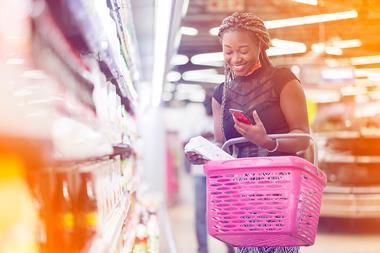
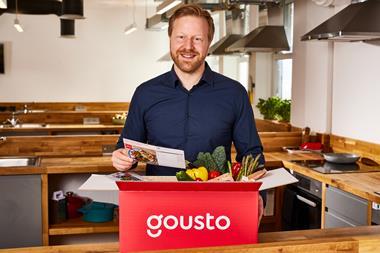
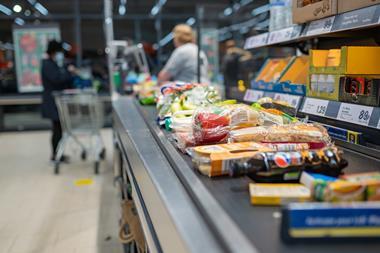
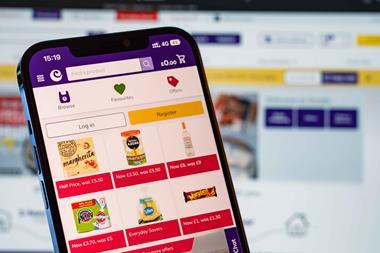
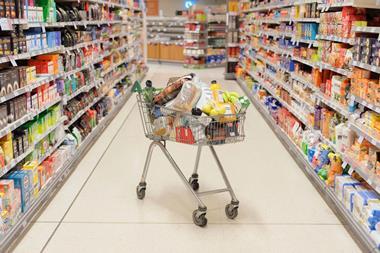

No comments yet